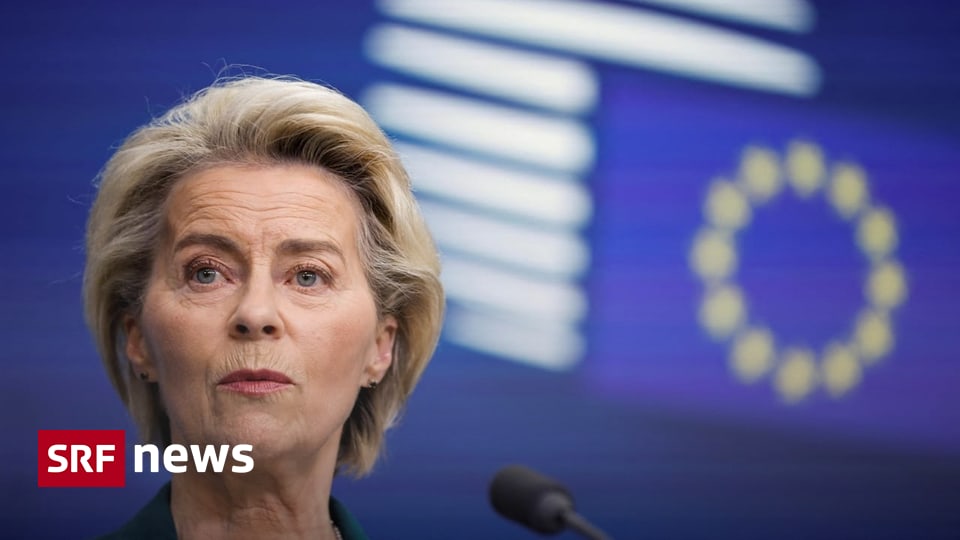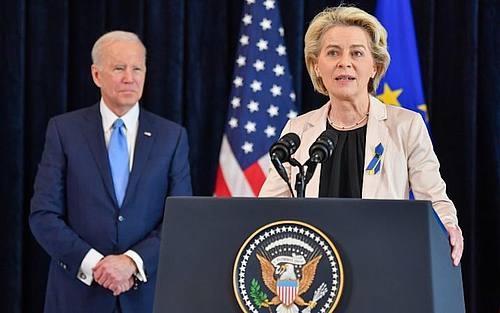With the Executive Order on Enhanced Safeguards for the Activities of the U.S. Intelligence Services (Executive Order Strengthening Safeguards for U.S. Signals Intelligence ActivitiesUS President Biden outlined all the steps the US intends to take to fulfill the US commitments he made with European Commission President Ursula von der Leyen in March 2022 under the EU-US Data Protection Framework (EU-US Data Privacy Framework) is really implemented. These negotiations have become necessary because in July 2020, the European Court of Justice bypassed the legal framework for the transatlantic transfer of personal data for the second time with the landmark ruling by Schrems II.
Susan DeMille, a member of the Bitkom board of directors, sees this “executive order” from Biden as “clear progress to protect international data transfers,” because “a follow-up agreement for Privacy Shield is urgently needed.” The individual case checks that are currently necessary continue to be a huge burden on the economy, especially for small and medium-sized businesses. With the signing of the executive order, it is now a matter of “rapidly translating the political will for a solution into a flexible legal regulation that will also withstand future judicial review. Companies need legal certainty so that the current data blocking can be resolved.”
Data transfers are an essential part of the entire economy and also of science. “For German and European companies, restricting or even blocking data transfers is at least as dangerous as disrupting supply chains,” says Demel, because according to the current Bitkom study, 6 out of 10 companies in Germany (60 percent) transfer personal data. to other countries outside the European Union. Small businesses in particular benefit from simple use of cloud storage and software from US providers, communication in social networks and use of video conferencing systems from international providers.
The first agreement (“Safe Harbor”) was overturned by the European Court of Justice in 2015, and the second called “Privacy Shield” in 2020 – in each case due to a lawsuit by Austrian data protection officer Max Schrems because European data was not protected. Enough, for example, from access to the US Secret Services. Since then, a workable compromise has been sought for both sides.
It took two years for the European Union and the USA to reach a political agreement on the Privacy Shield 2.0 framework in March. Since no details were known yet, it was suspected that an agreement on this basis could be legally binding. The concessions proposed by the American side are now known, because the new decree provides for corresponding complaint bodies, but the big question is whether they can take a more independent decision from the ombudsman body, which was declared insufficient at that time.
Even if the US intelligence services were to be subject to stricter restrictions, at the request of the European Court of Justice, Shrams believes that this is not enough. writes in Contact from the European Center for Digital Rights (Special Noyb spelling; from English none of your business – ‘none of your business’), chief executive: “The European Court of Justice (1) requested monitoring by the United States of America within the meaning of Article 52 of the Charter of Fundamentals of Rights (Centre gulf) is proportionate and (ii) that judicial remedy is available under Section 47 of federal regulations. Biden’s new executive order appears to have failed on both counts. There is still US mass surveillance and a “court” not a court. At first glance, they are trying to agree on a third agreement without legal basis.
Now it is the turn of the European Union Commission. It should develop its own legal framework that serves as “proof in court” as possible to Washington’s proposal. Shrims coolly responded to optimism in Washington and Brussels with the words: “We are now studying this matter closely, but at first glance an attempt is being made to conclude a third agreement without a legal basis. I suppose that a new agreement will soon be annulled by the European Court of Justice. “
Image source: Xavier Lejeune / EU Commission

“Alcohol buff. Troublemaker. Introvert. Student. Social media lover. Web ninja. Bacon fan. Reader.”







More Stories
New England T20 coach Kieron Pollard: ‘Cricket is a business’
What is GDP, how is it measured, and what is its importance?
American fast food chains Taco Bell and Krispy Kreme are coming to Germany